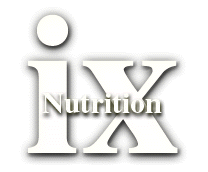

The flavanoids in some chocolates and cocoas exert at least three different cardioprotective effects: inhibiting platelet activation and coagulation, boosting plasma's antioxidant capacity, and inducing relaxation of the vascular endothelium, researchers reported at a symposium on chocolate at the annual meeting of the American Association for the Advancement of Science.
Procyanidins are the chief family of flavanoids in chocolate thought to be responsible for its cardioprotective action. That action is so potent that the quantity of procyanidin present in "a reasonable serving" or some commercially available chocolates is sufficient to induce measurable cardiovascular effects. (Some processing techniques inadvertently destroy much of chocolate's flavanoid content, so not all chocolate is procyanidin rich.)
"Our take home message is, 'Don't feel guilty about eating chocolate. It might even be good for you.'" summed up Dr. Norman K. Hollenberg, moderator of the symposium. "The magnitude of the effect isn't quite as great as what we see with aspirin therapy, but it matches what we see with baby aspirin therapy."
Studies have shown that procyanidin causes a rise in antioxidant capacity. An in-vitro research showed that procyanidins relax the vascular endothelium of the aorta suggesting that cocoa flavanoid exerts this effect by mediating nitric oxide production.
All the research in this panel presentation was supported in part by M&M/Mars. This funding should prompt people to view the results with some caution.